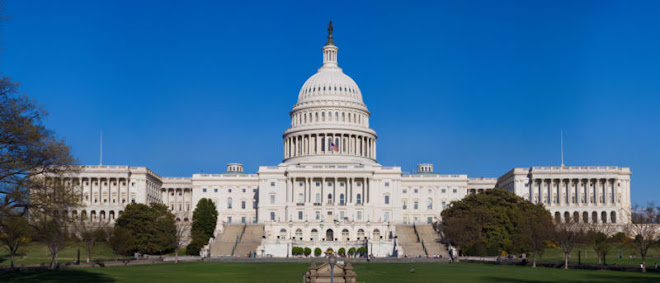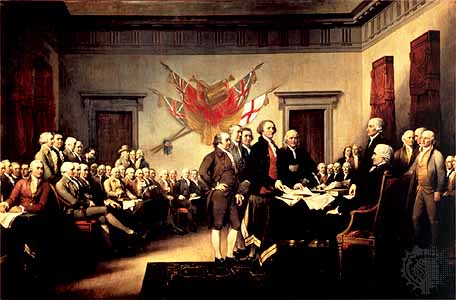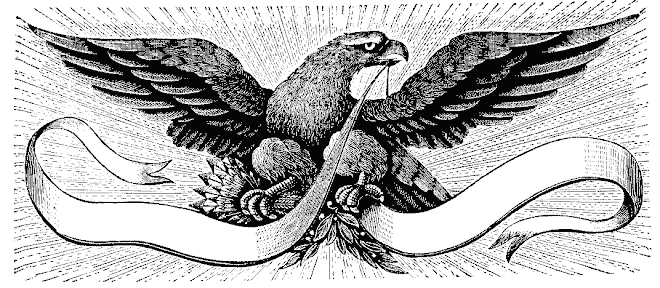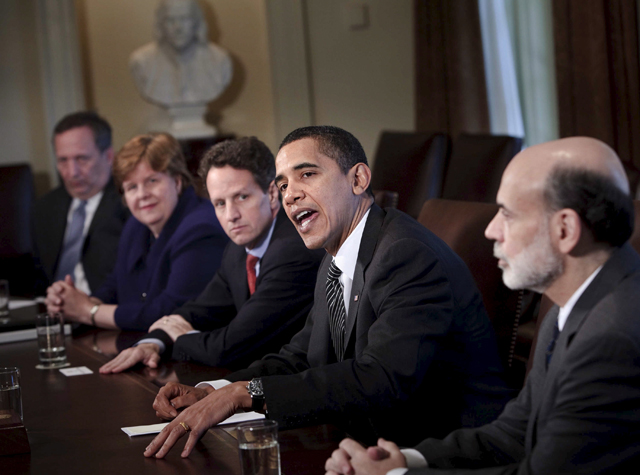From The Heritage Foundation:
Geithner Draws Wrong Dodd-Frank Lessons and Forgets Fannie Mae
There were plenty of lessons to learn after the financial crisis of 2008. Unfortunately, neither Congress nor the Obama Administration was willing to take the time to learn them. Instead, they acted before they understood the causes of the crash or what to do to avoid similar bailouts in the future.
The result was the Dodd–Frank financial regulation law—trash compacter legislation filled with heavy-handed, counterproductive provisions, many of which had only a loose connection to the problems raised by the financial crisis. But in the end, this hodgepodge bill failed to address the root causes of the financial crisis and will do little to prevent future bailouts. To make matters worse, legislators gave no thought to how the individual provisions would fit together, leaving a complex mess for regulators to sort out.
Unfortunately, Treasury Secretary Timothy Geithner still buys into the Dodd–Frank myth, which he makes clear in a new Wall Street Journal op-ed. After a quick review of events from the 2008 crisis, he notes that: “For all these reasons, President Obama asked Congress to pass tough reforms quickly, before the memory of the crisis faded. The Dodd–Frank Wall Street Reform and Consumer Protection Act, signed into law by the president on July 21, 2010, put in place safer and more modern rules of the road for the financial industry.”
The Treasury Secretary then goes on to bemoan the fact that the financial industry is resisting regulations implementing Dodd–Frank. In the process, he conveniently skips over the question of whether the Dodd–Frank “reforms” will actually do what supporters claim they will, and at what cost. For instance, the Volcker Rule as written in the bill seeks to restrict banks from certain financial activities that supporters deem risky. But it is so poorly conceived that regulators have only a vague idea of how to implement it. And the draft regulations, which are already months behind schedule, have such serious unintended consequences that they are opposed by numerous state, local, and foreign governments.
Geithner also ignores the fact that many of Dodd–Frank’s provisions had nothing at all to do with the 2008 crisis. For instance, an amendment by Senator Richard Durbin (D–IL) that attempts to slap price controls on the fees that merchants pay to banks for debit card transactions ended up raising costs for consumers. But no one, including the amendment’s supporters, has tied debit card fees to the 2008 crisis.
Geithner correctly points out that the pre-2008 financial regulatory system was antiquated, and that was one of many factors that made the crisis so deep and serious. However, the answer was not Dodd–Frank, with its heavy-handed attempts to micromanage the financial services industry and creation of unnecessary new bureaucracies. Sadly, it seemed that Congress was more interested in shooting for headlines and punishing those it blamed than it was in understanding and addressing the root causes of the meltdown.
As a case in point, Geithner skips over the fact that the Administration has still not produced a plan to fix an equally antiquated and broken housing finance system. This is all the more astonishing given that one of the biggest factors in the crash was so much risk taking by Fannie Mae and Freddie Mac that both failed. In a week where Fannie Mae asked for an additional $4.6 billion from taxpayers, it should have crossed the Treasury Secretary’s mind that the biggest bailout from 2008 was that of Fannie Mae and Freddie Mac—not banks or other financial institutions.
So while the Treasury Secretary’s wife reminds him “of the panicked calls she answered for me at home late at night or early in the morning in 2008 from the then-giants of our financial system,” the truth is that Dodd–Frank was an opportunistic response that did not address the real causes of the 2008 crisis or Fannie Mae and Freddie Mac.
Posted in Enterprise and Free Markets, Featured











